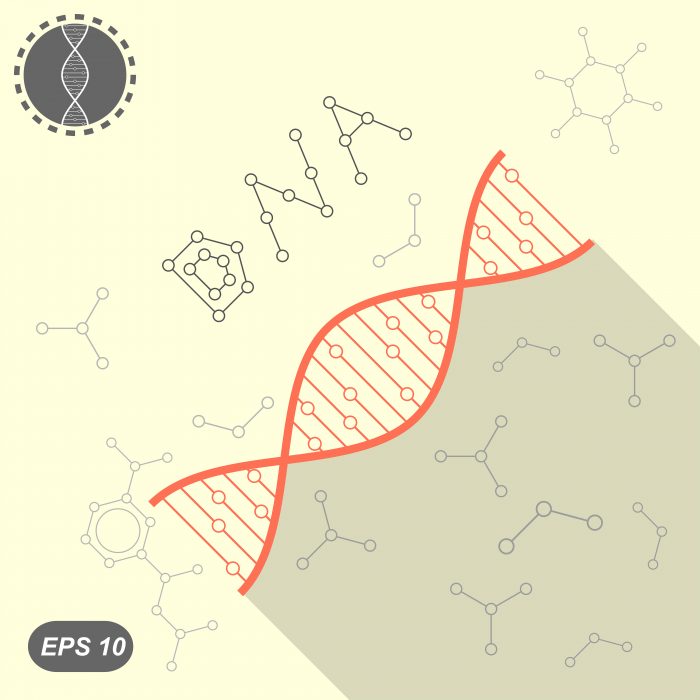For decades, researchers have been working to find a cure for cancer. Without a cure in sight, prevention in the form of a balanced diet and regular exercise seems to be the best medicine. Researchers in Germany, however, have found a new form of prevention that may be the cure.
All cells in the body have an expiration date. When that expiration date comes, every cell has a built-in mechanism called apoptosis, which essentially tells the cell to stop dividing. If the cell’s apoptosis mechanism malfunctions, the cell continues to divide and may even begin dividing at a faster rate. Cancer cells, therefore, can potentially result from any cells in the body that have undergone a mutation affecting their apoptosis mechanism.
Conventional Treatments: Top-Down
Because cancer cells form from our normal cells, conventional cancer treatments like chemotherapy that target cancerous cells also have adverse effects on normal, healthy cells.
Moreover, while the root cause is the same, cancer treatments are not one size fit all. Treatment options and overall prognosis depend on where the cancer is located (cell types) and how advanced the cancer is (stages).
Once cancerous cells metastasize, or enter the bloodstream and spread to other parts of the body, treatment options like surgery become more limited. For this reason, Physicians recommend regular check-ups for early diagnosis and treatment.
Therefore, during treatment, physicians attempt to kill cancerous cells in order to stop the disease from spreading. In some cases, however, removing the affected cells is not enough. Even if the cancerous mass is successfully removed with surgery or eliminated with chemotherapy, these treatments do not address the main cause: a genetic mutation. If the mutations at the cellular level driving the cancer remain intact, the patient risks developing the disease again in the future.
The main challenge in developing new cancer treatments and ultimately a cure is how to correctly identify and eliminate not just the cells, but the mutation.
Gene Editing: Bottom-up
There are two types of mutations that may occur in cells. The first kind are benign mutations known as “passenger” mutations that do not lead to cancer. The second type are called “driver” mutations, and are responsible for the development of cancer.
Researchers from Dresden’s National Center for Tumor Disease (NCT), the Medical Faculty of the Technische Universität (TU) Dresden, and the German Consortium for Translational Cancer Research (DKTK) are working to solve the problem of distinguishing between cancerous mutations in cancer cells and benign ones. Of the more than 500,000 identified cancer mutations, the team was able to cleave out 80 percent of those mutations using CRISPR-Cas9 scissors.
More importantly, those cancer mutations identified by the team are the “driver” mutations responsible for provoking cancer. Not only were the researchers able to successfully identify driver mutations, but they were also able to remove the mutation without affecting the healthy genes.
Prevention is the Best Medicine
The team’s findings and accomplishments are revolutionary because their work addresses the root cause of cancer on the genetic level. By separating the driver mutations from the passenger mutations, the team has made it possible to identify cancer-causing mutations, and edit them out preventatively.
Unlike current treatment methods, the gene editing method can be used for metastatic cancers, offering hope for patients with advanced stages of the disease.



















Comments (0)
Most Recent